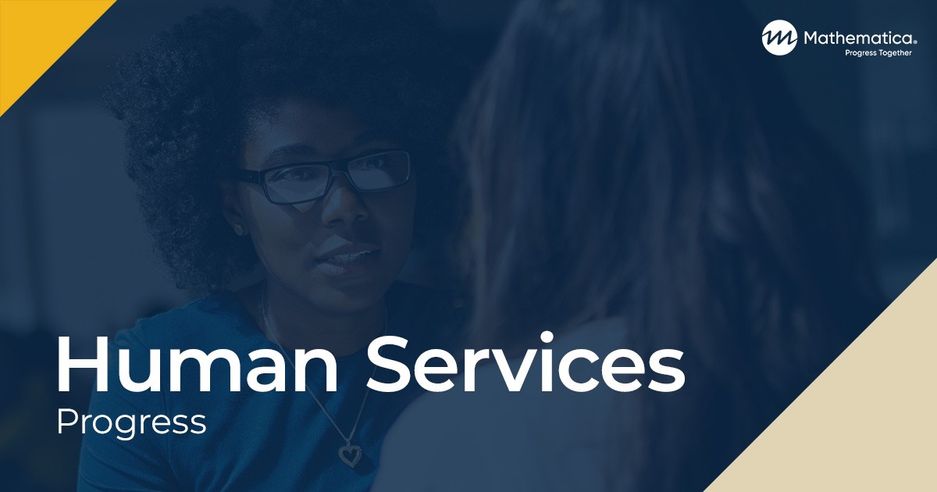Youth At-Risk of Homelessness: An Early Picture of Youth and Services – Descriptive Report
Download
Associated Project
Building Program Capacity to Support Youth at Risk of Homelessness (YARH): Phases I-III
Prepared for:
U.S. Department of Health and Human Services, Administration for Children and Families, Office of Planning, Research, and Evaluation
Clients

Key Findings
- 116 youth and young adults are enrolled in the evaluation through August 2022, and the participants’ average age is 18.9.
- The sample is a diverse group of participants who have both protective and risk factors for homelessness.
- Youth and young adults participating in Pathways work with trained staff called Navigators, who engage them in a coach-like way to build a supportive relationship that encourages them to act as their own advocates. Youth and young adults in the comparison group receive services related to developing independent living skills and defining their goals.
Preventing homelessness among youth and young adults involved in the child welfare system remains an urgent issue for child welfare policymakers and practitioners. The Youth At-Risk of Homelessness (YARH) multiphase grant program strives to expand the evidence base on interventions designed to prevent homelessness among youth and young adults with foster care histories at age 14 or older.
The third phase of YARH (2019-2028) provides information to the field on how to better serve youth and young adults through a rigorous summative evaluation of a policy-relevant comprehensive service model, Pathways to Success (Pathways), developed by Colorado. Pathways is an intensive, coach-like case management model for youth and young adults with foster care histories at age 14 or older. 37 counties within Colorado are participating in the summative evaluation. About a year into the enrollment period, this descriptive report takes stock of the services delivered through Pathways and other service provider hubs, the characteristics of the hubs in the evaluation, and the characteristics of the youth and young adults enrolled through August 2022.
How do you apply evidence?
Take our quick four-question survey to help us curate evidence and insights that serve you.
Take our survey
